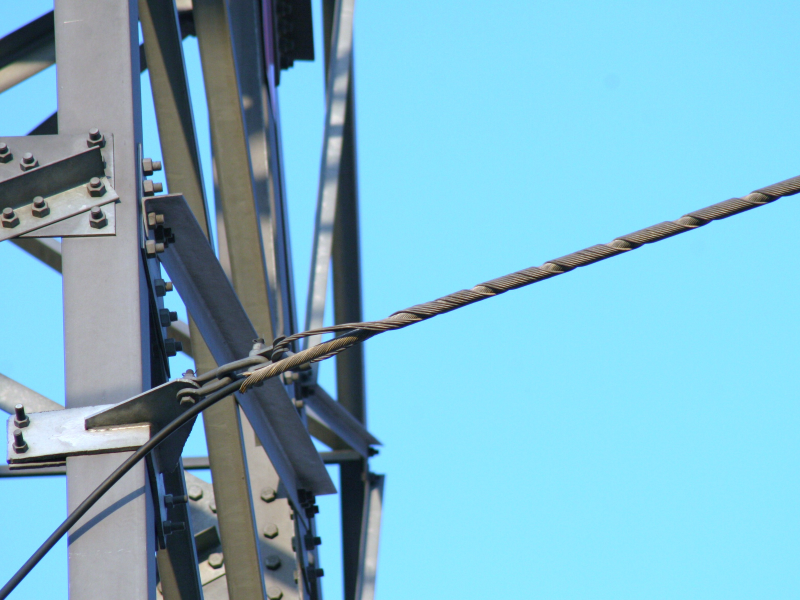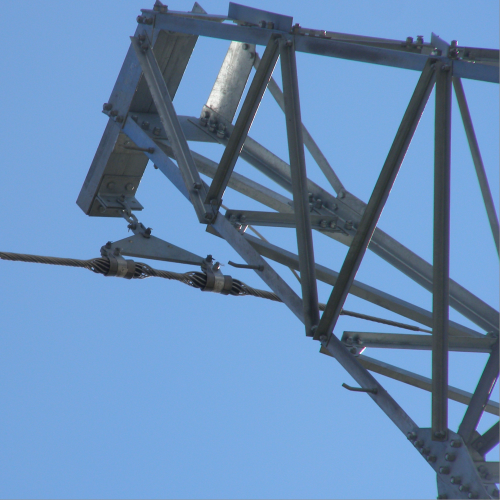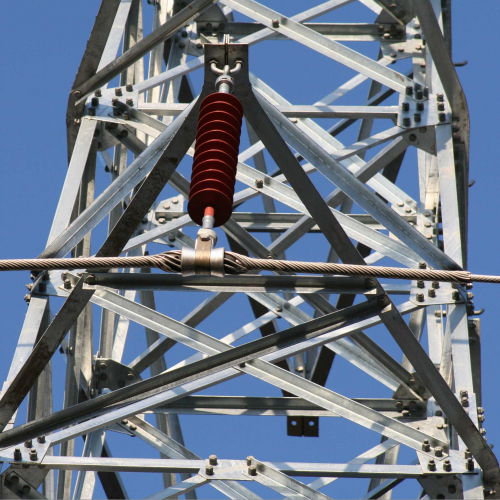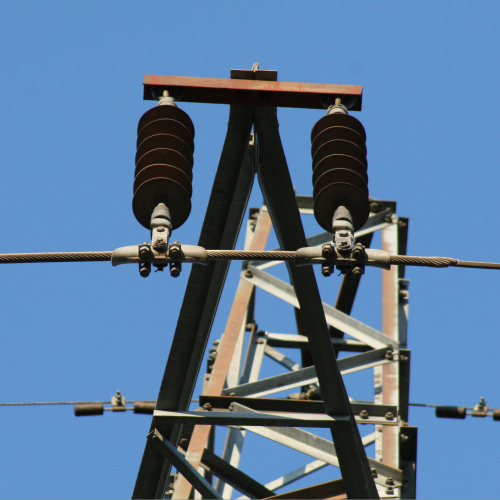In the field of power communication and optical fiber transmission, ADSS dead end tension clamp is an important component to ensure the safe and stable operation of optical cables. It has important functions such as fixing optical cables, dispersing tension, and resisting environmental erosion.
ADSS optical cable is a fully dielectric self-supporting optical cable. The optical cable itself does not contain metal conductors and is only composed of non-metallic materials. It can rely on its own structure to withstand tension and hang between power poles and towers. It is widely used in communication supporting projects of high-voltage transmission lines. As the core hardware of the ADSS optical cable line, the tension-resistant clamp has the main role of fixing the optical cable to the tension-resistant pole tower or terminal pole tower to withstand all the tension of the optical cable, while protecting the optical cable from being overstretched or damaged during long-term operation. ADSS dead end tension clamp can carry the dispersed tension centrally, preventing the optical cable from being displaced or broken due to external forces such as weight, wind, ice and snow, and allowing the communication signal to continue to be transmitted.

ADSS dead end tension clamp is structurally composed of multiple precision components. The anchor cup is the main body of the tension clamp. It is usually made of high-strength alloy materials. It has excellent mechanical strength and corrosion resistance. It can directly connect the tower fittings and withstand all the tension of the optical cable. Wedges or clamps are parts that are in direct contact with the optical cable. The inside of the parts is designed with lines or radians that match the outer sheath of the optical cable. The optical cable is firmly fixed by squeezing, while preventing damage to the optical fiber inside the optical cable. Our ADSS dead end tension clamp is also equipped with preformed wire. The preformed wire is made of high-strength composite materials and is wound around the part of the optical cable in contact with the clamp block. It can not only increase the contact area to disperse the pressure, but also reduce the wear on the surface of the optical cable through cushioning.
The function and function of ADSS dead end tension clamp are reflected in multiple angles. The main function is tension carrying and dispersion. During the erection of the ADSS optical cable, greater tension will be generated due to the span, weight and external environment. The tension-resistant clamp transmits the tension to the tower through the connection between the anchor cup and the tower, and at the same time, the tension is evenly dispersed to the surface of the optical cable through the design of the clamp block and the preformed wire to prevent excessive local stress from causing the optical cable to break. The secondary function is fixing and positioning. The tension-resistant clamp can accurately fix the optical cable in a preset position to prevent the optical cable from moving or swaying under the action of wind, vibration, etc., so that the line direction meets the design standards. In addition, the tension-resistant clamp also has a certain sealing and protection function. It isolates moisture, impurities and ultraviolet rays through the sealing ring and dust-proof structure, protects the optical cable connector and the internal optical fiber from erosion, and maintains the mechanical and optical properties of the optical cable stable.
The application scenarios of ADSS dead end tension clamp are related to the laying environment of ADSS optical cables, which are mainly concentrated in the communication supporting projects of high-voltage transmission lines. In short, the ADSS dead end tension clamp is an important supporting component in the ADSS optical cable line, and many functions and functions of the clamp provide a guarantee for the stable operation of the power communication network.




